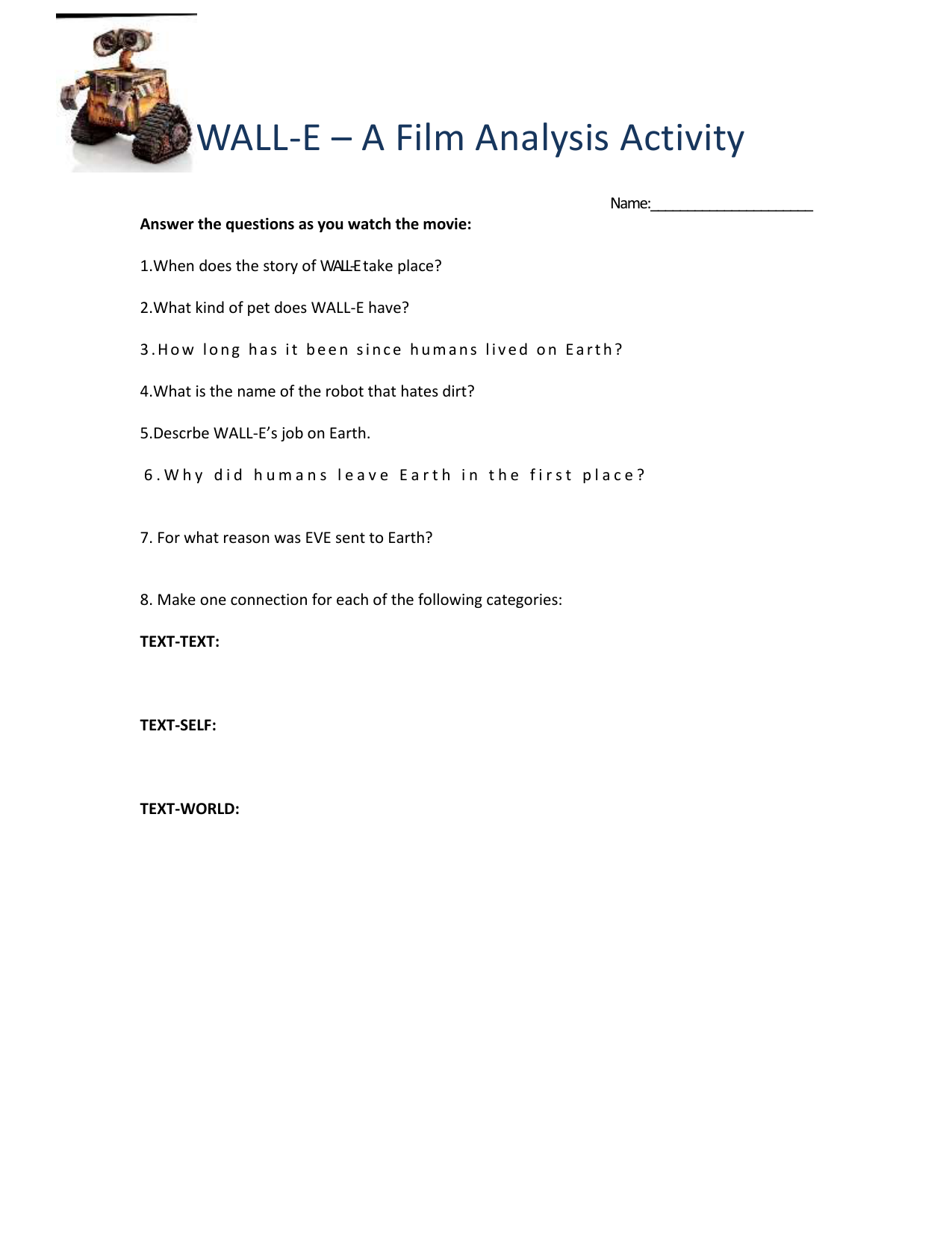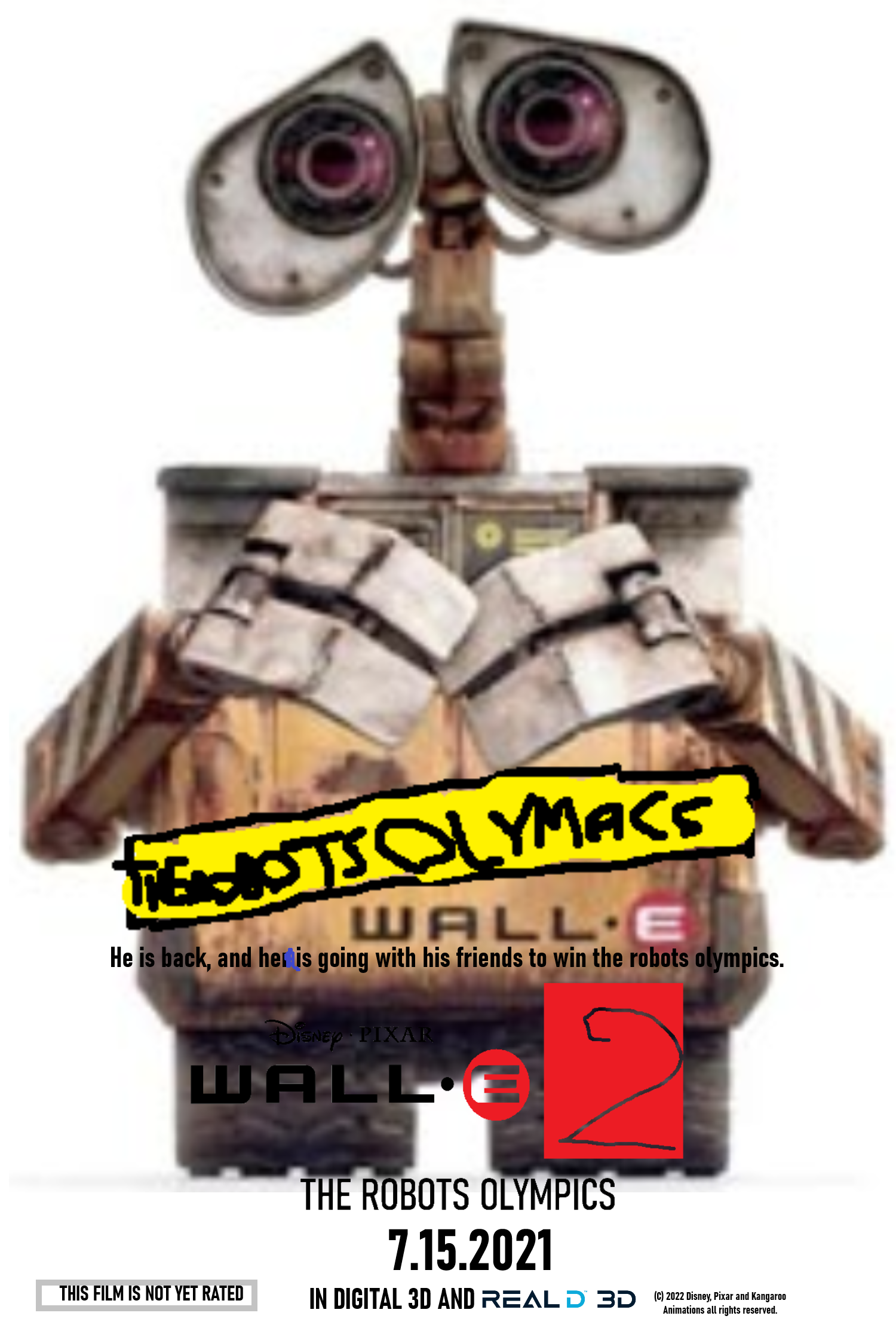

As he stares at this image, enamored with their happiness, we begin to understand that the lonely robot WALL-E craves love. His greatest pleasure comes from connecting a ram-shackle tv set-up that displays a much-repeated scene from a long-forgotten film depicting a couple singing and dancing, obviously in love. The box closes tight when a menacing dust storms blows, and WALL-E settles in, meticulously organizing his new-found toys. As our WALL-E performs his dreary task, he finds time to rescue human ephemera: strings of colored lights, rubber duckies, loose mechanical parts, and random dinnerware, with which he decorates his humble home-a cozy metal box. We learn later that humans have voluntarily fled the Earth, and in a slapdash government effort, they left thousands of wall-es to manage the trash. wall-e, a little robot who uses his mechanical belly to compact trash into a perfect hardened cube, embodies the only evidence of “life”. Wide pans across this eerie terrain of junk is enough to cause guilt. The first twenty minutes introduces a post-apocalyptic, gritty, hazy, and dust-swept earth filled with towers of garbage. WALL-E becomes a watered down version of what it could have been.

The film is concerned with the environment in provocative ways, but a hollow love story undercuts its effectiveness. WALL-E generated both engaging and dissonant feelings. The teens sat in the back, my mother and I up front among the popcorn-munching, cell-phone talking, heavy-sighing adults, all settling in like one big family. I went to see for myself with my mother, sister, and two young cousins. When WALL-E reached the point that it was emphatically labeled a masterpiece by the New York Times, I became suspicious. Peer pressure seems to cancel out criticism. WALL-E, Iron Man, and The Dark Knight all share this quality.

Pixar’s latest creation, WALL-E, came to me highly recommended by no one who actually saw it.


 0 kommentar(er)
0 kommentar(er)
